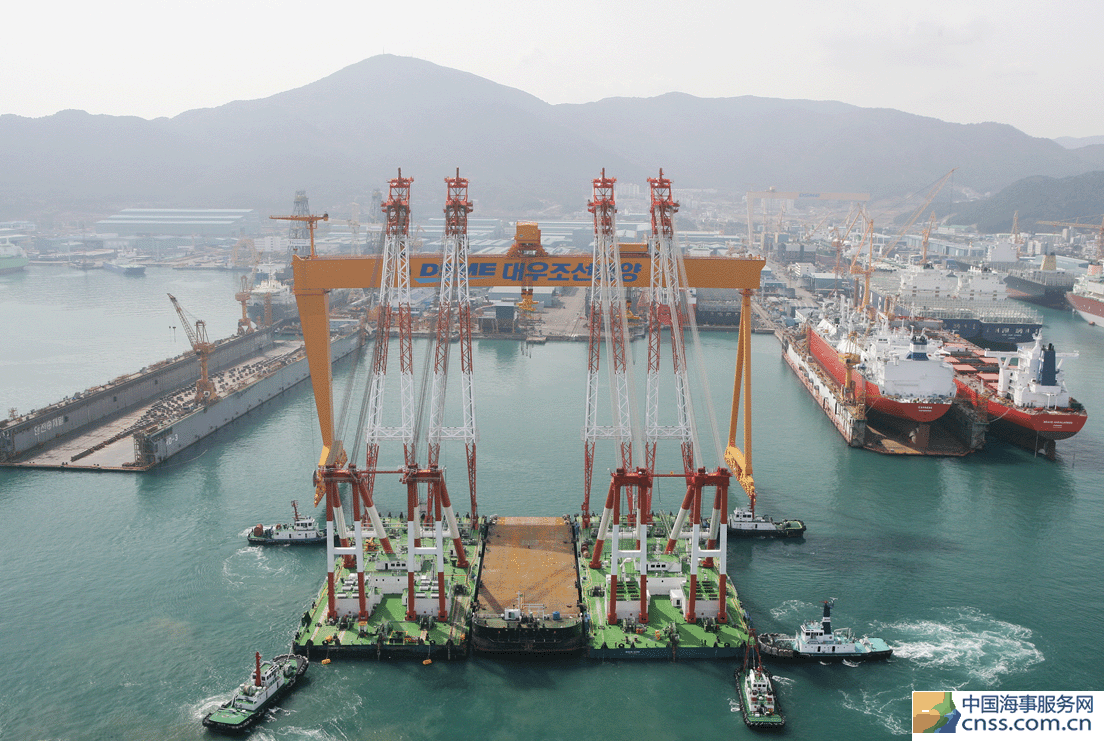Moody’s: Global oil and gas industry to see continued tepid prices, belt-tightening in 2017

Oil prices likely will remain volatile and range-bound in the coming year, Moody’s Investors Service says in a new report discussing its expectations for the global oil and gas industry. Alongside anticipated changes in US energy policy focused on domestic development and deregulation, the industry will see increased merger & acquisition (M&A) activity in both the North American E&P and midstream sectors.
The rating agency’s oil and natural gas price estimates — within a medium-term oil price band of $40-$60/bbl for both Brent and West Texas Intermediate (WTI) crude globally and in North America — remain unchanged for 2017-19 from its November 2016 update. Moody’s expects prices to remain volatile within this band.
“We foresee three possible scenarios for oil prices in 2017, each with their own impact on ratings,” says Moody’s managing director, Steve Wood. “If they retreat to the low $40s, stress in the oil and gas industry will again increase, while prices in the mid-to-high $40s would continue to offer some relief for oil producers. At a sustainable mid-$50/bbl level, however, we could take more positive rating actions on integrated and exploration and production companies.”
Under the Trump administration, US energy policy likely will prioritize domestic oil and coal production, in addition to reducing federal regulatory burdens. Energy infrastructure projects would benefit most immediately, but the success of other policy goals, such as easing the permitting and leasing of new coal mines, will depend on their ability to generate favorable economic returns. Meanwhile, a US failure to work toward the Paris Climate Agreement commitments could lead to a carbon tax on US exports or other retaliatory trade measures.
Increasing confidence in the oil and gas industry’s prospects will spur acquisition activity among North American exploration and production (E&P) firms, Moody’s says. Debt and equity markets are again offering financing for producers seeking to re-position and enhance their asset portfolios after a lull. M&A will also pick up in the midstream sector. At the same time, integrated oil and gas firms will continue to improve their cash flow metrics and leverage profiles by cutting operating costs, further reducing capital spending and divesting assets.
Even so, the oilfield services and drilling (OFS) sector is in for another tough year, with continued weak customer demand, overcapacity and a high debt burden.
“Demand for the services of OFS companies will grow only very gradually next year, while pricing recovery and cash flow growth will lag those of upstream customers by at least a year,” Wood says. “Within the broader energy sector, we expect the OFS sector to suffer the most defaults in 2017 as more companies run out of cash and credit lines, struggle with debt covenants and maturities and produce barely breakeven cash flow.”
Meanwhile, EBITDA growth of 5% or less in 2017 will strain the North American midstream sector’s ability to reduce debt leverage, in some cases putting investment-grade ratings at risk. Midstream growth capital spending will again drop by about 20%, with slower growth leading more companies to resort to “self-help” measures to address balance-sheet, funding and distribution concerns.
And though funding risk has declined somewhat for Latin America’s national oil companies, it will remain an issue for years to come, given tight capital market conditions and volatile oil and gas prices and cash flows, Moody’s says. Meanwhile, Russia’s agreement to cut oil production next year poses little difficulty for the country’s oil companies, since the move effectively freezes production rates and likely will entail the resumption of cuts in Western Siberia, which is already in decline.
Source: Capital Market
HEADLINES
- Do shipping markets want Biden or Trump for the win?
- All 18 crew safe after fire on Japanese-owned tanker off Singapore
- Singapore launching $44m co-investment initiative for maritime tech start-ups
- Cosco debuts Global Shipping Industry Chain Cooperation Initiative
- US warns of more shipping sanctions
- China continues seaport consolidation as Dalian offer goes unconditional